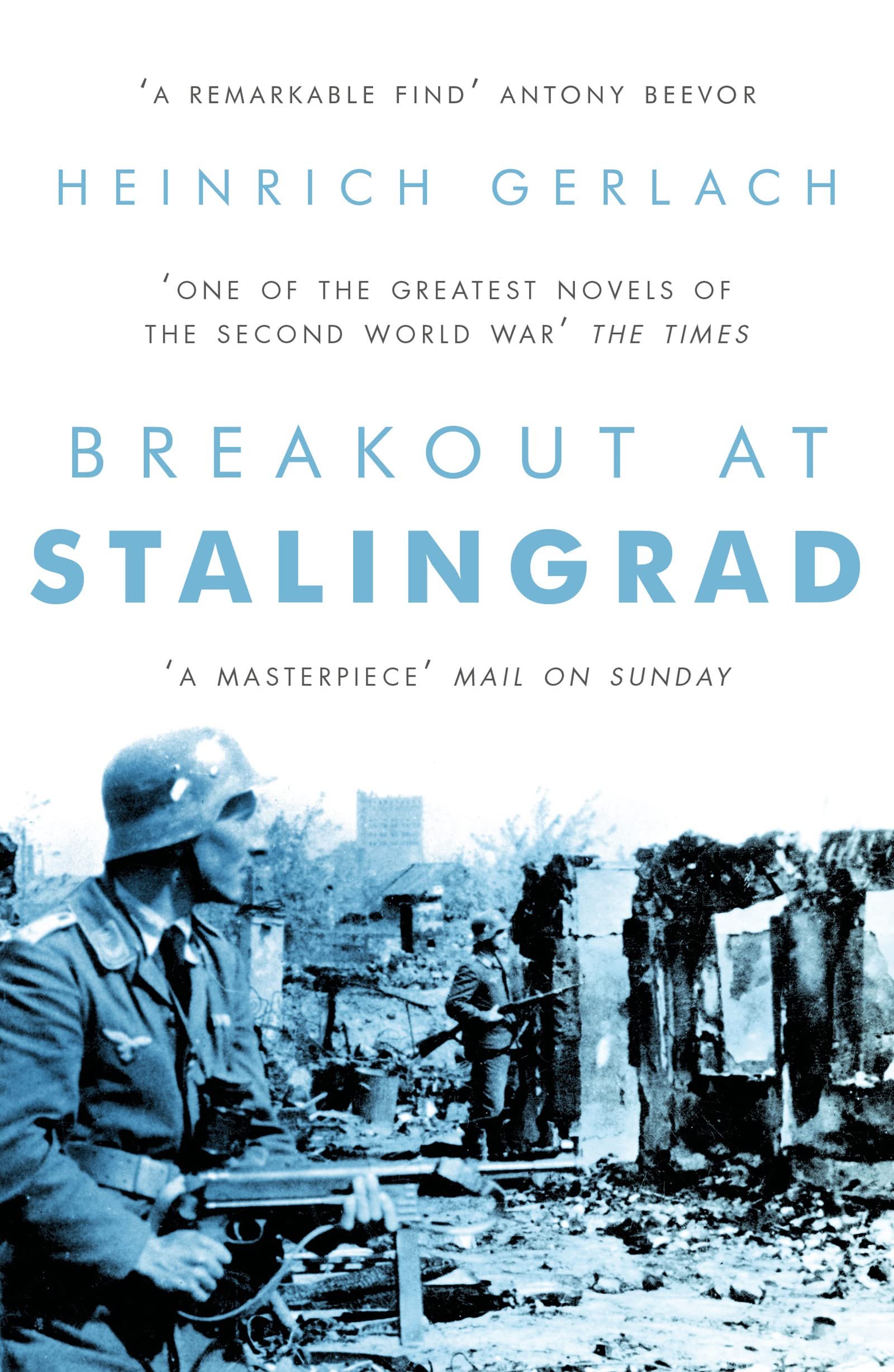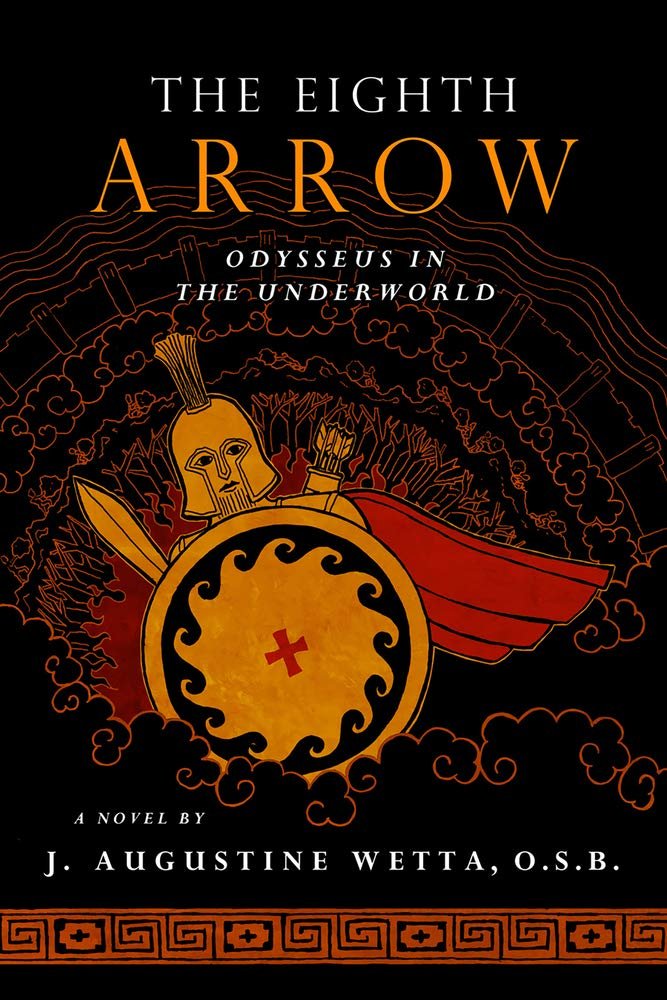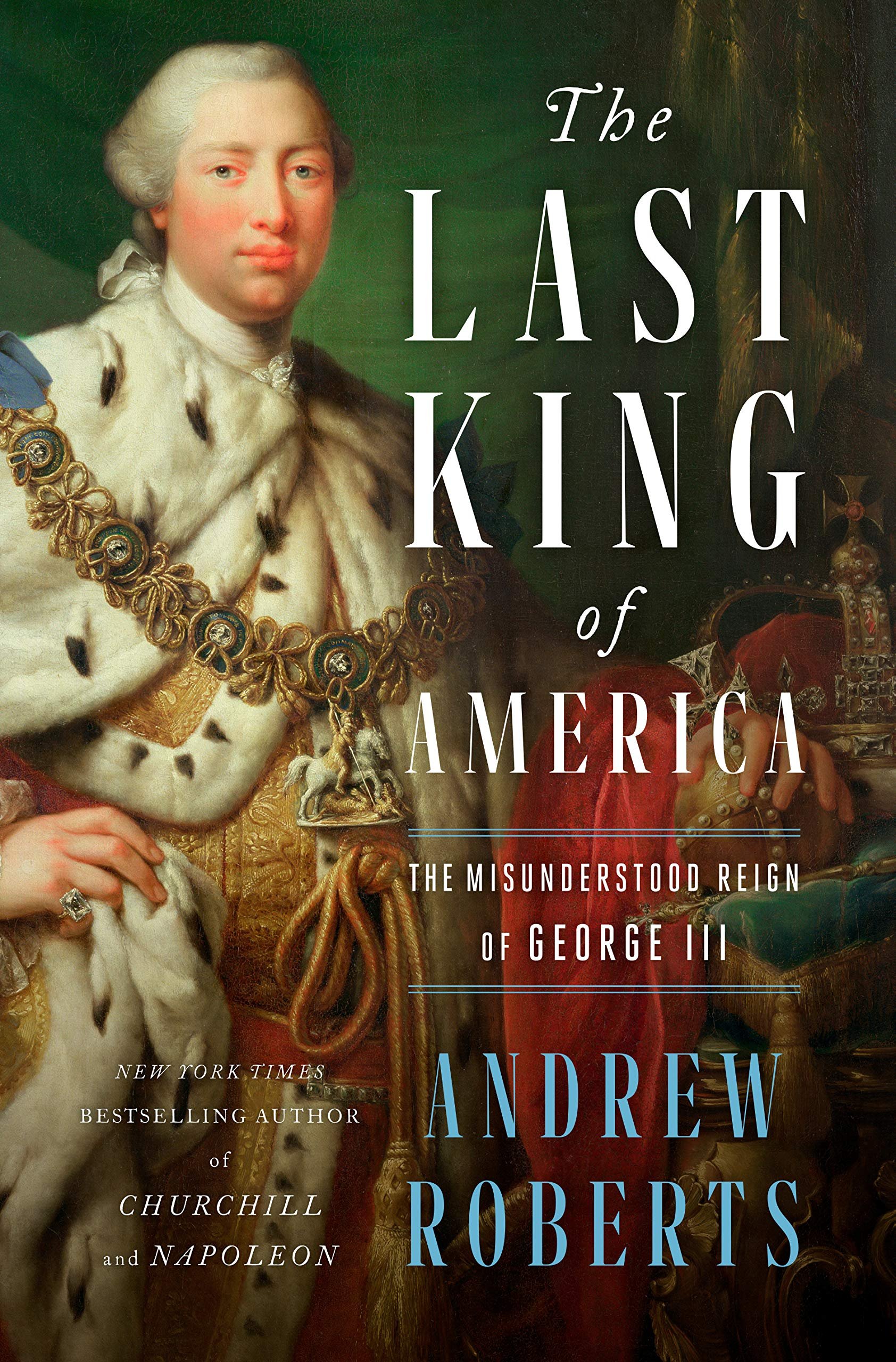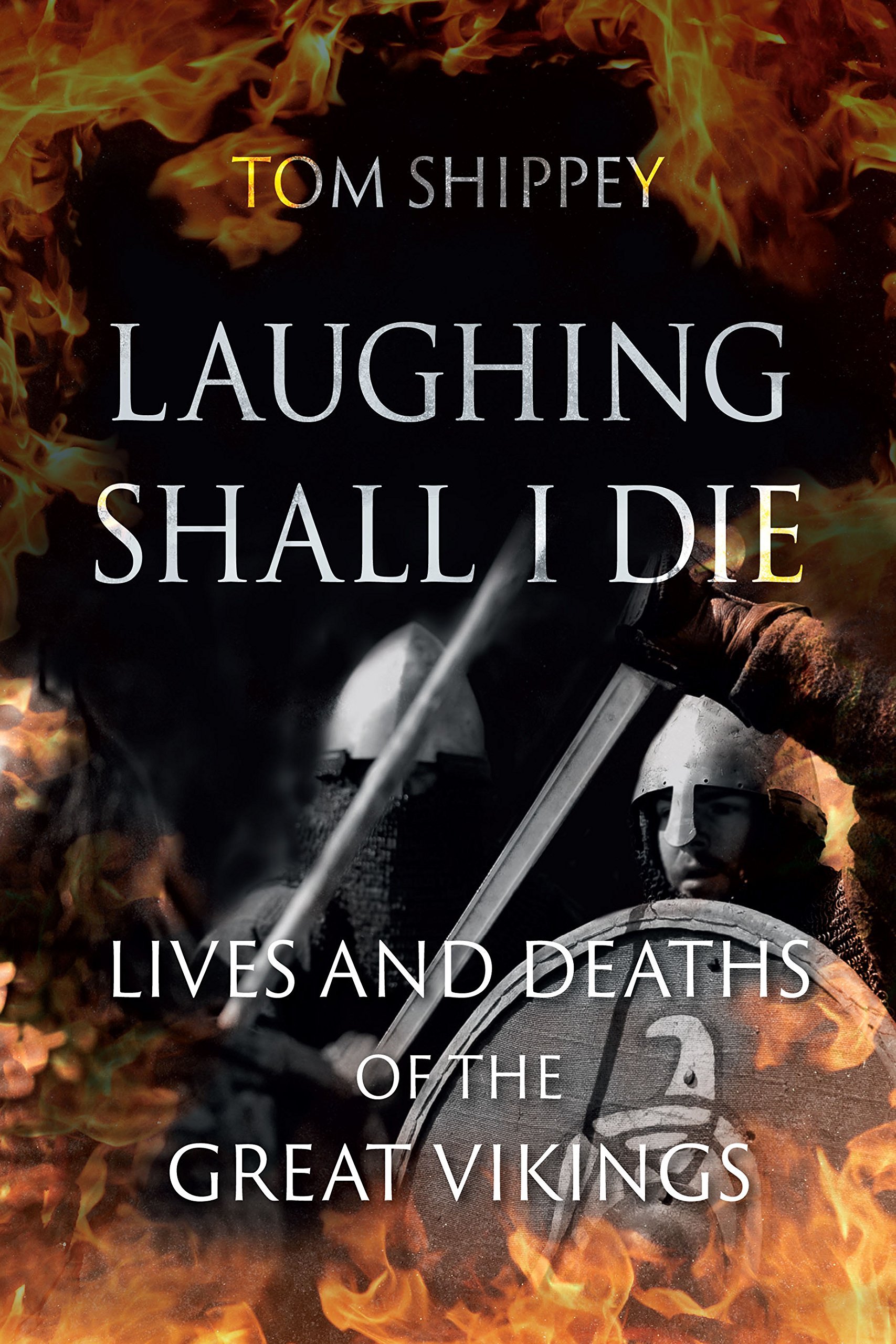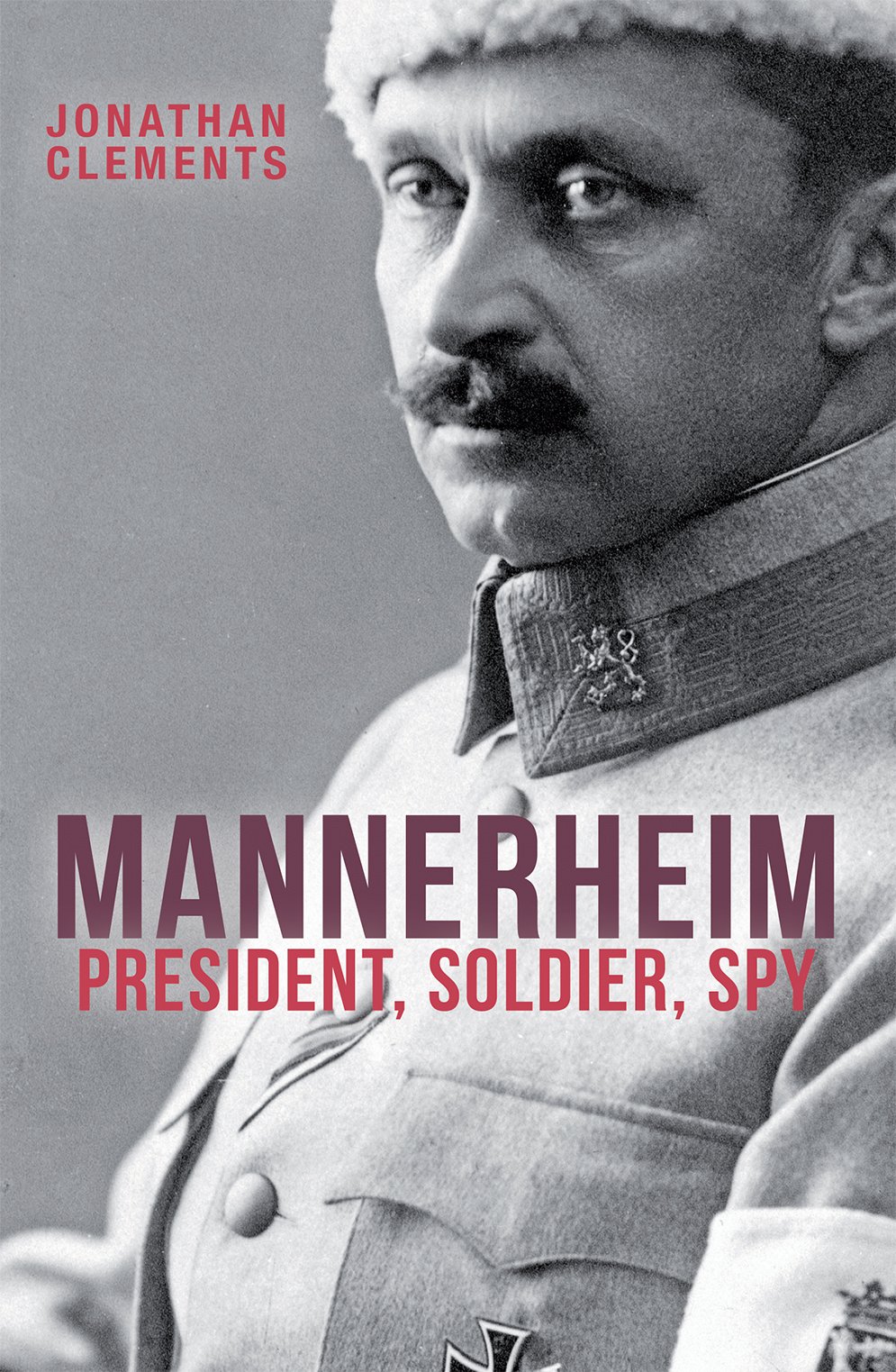2021 in books
/If I complained a lot about what 2021 was like for movies in my last post, here’s some good news—it was a great year for reading. I ultimately got through 118 books, including many good rereads, children’s books, and an awesome selection of fiction, history, and other non-fiction. Believe me—as long as this post is, it was hard to narrow my selections down.
You can look at everything I read this year on Goodreads here.
Top ten fiction
In no particular order, my ten favorite fiction reads of the year—with the two top reads spotlighted at the end—plus five honorable mentions:
Beast, by Paul Kingsnorth—A man alone on a wild English moor grapples with terrible injuries, the hostile environment, unseen forces beyond his control, and his fascination with a great beast living somewhere on the moor with him. One of those novels it’s impossible to summarize, a hallucinatory masterpiece of tone and atmosphere that is as immediately engrossing as a dream and that steadily builds in intensity. Beast is the second book of a loose trilogy by Kingsnorth, the first being one of my favorite books of the last decade, a novel set in the immediate aftermath of the Norman Conquest and written in an alien and poetic hybrid of Old and Modern English, The Wake.
Through the Wheat, by Thomas Boyd—A forceful, harrowing story of the Marines in World War I, based on the author’s experiences on the Western Front during the summer of 1918. Almost, but not quite, an American All Quiet on the Western Front.
HHhH, by Laurent Binet—Both a novelistic account of the career and assassination of Reinhard Heydrich, one of the most cutthroat and callous Nazis in the Third Reich, as well as an account of the young’s authors attempt to write this novelistic account, HHhH is, the author, mid-book, “an infranovel.” Hard to explain, but outstanding through and through. Full blog review here.
V2, by Robert Harris—A straightforward and engaging World War II thriller. The novel begins with Dr Rudi Graf, a German rocket engineer and longtime associate of Dr Wernher von Braun, the head of the Nazi ballistic missile program, at work in Belgium preparing a launch aimed at London. On the receiving end is the unwitting Kay Caton-Walsh, an aerial photography analyst with British intelligence. Following this first in a series of continuously escalating strikes, Graf and Kay will be drawn nearer and nearer as Graf works to keep up with Hitler’s government’s demands and Kay works to bring down the Nazi missile program. I read this as a diversion, but it proved by turns ironic and poignant, especially in its final surprising revelation.
Forever and a Day, by Anthony Horowitz—A James Bond continuation novel, this time a prequel to the events of Fleming’s first story, Casino Royale. Horowitz presents a newly-minted 007 investigating the murder of the previous agent with that number, and Bond’s on-the-job learning—his feeling out of the dangerous world of espionage, assassination, and organized crime—provides part of the charm. A fun ride, with some striking secondary characters and an embittered villain with a genuinely interesting plot and motivation.
The Son of Laughter, by Frederick Buechner—The life of Jacob, brilliantly retold in a style that takes this familiar story and makes it strange and new again. The evocation of alien worlds has been one of Buechner’s strengths—as in his two novels based on the lives of medieval saints, Godric and Brendan, which are two of my all-time favorites—and here he mines the oddities of the biblical story and the grotesqueries and darkness of the Patriarchs’ historical context to highlight just what is so special about Abraham—already present only as a memory—Isaac, and Jacob. Especially good is his dramatization of Jacob’s betrayal of Esau, whom Buechner breathes life and sympathy into. Beautifully written and very moving. You can read an extract I shared upon the birth of a friend’s baby here.
The Outlaws, by Ernst von Salomon—A whirlwind of a novel, an only lightly fictionalized version of events the author lived through. Ernst von Salomon was a Prussian military cadet at the time of the armistice in 1918, and soon found himself fighting Bolsheviks and other revolutionaries as a member of one of the Freikorps, German paramilitary units, before getting involved in political assassination. He ended up in prison as an accomplice in the assassination of Weimar Germany’s foreign minister, Walther Rathenau. If you want a sense of just how bad things can get politically, just how fractured and chaotic one society can become, just how much upheaval can break out, and just how far patriotic young men will go to make things right—and if you want an unusual but gripping real life story—read The Outlaws. I haven’t stopped recommending it since I first read it.
Missionaries, by Phil Klay—Missionaries introduces four major characters—an American reporter, an American ex-Special Forces medic turned military adviser, a Colombian army colonel, and a young Colombian man caught up in the brutal world of the rural paramilitaries—and interweaves their life stories, past and present, as all four are drawn into the American-assisted drug wars in the jungles of Colombia. A sprawling, complex, reflective novel rich in characters with harrowing pasts, an intricately crafted plot, and, as the title implies, quite a lot of theological overtones, Missionaries defies easy summary, but it’s a rewarding and powerfully moving look at just what modern warfare means for the least of these.
Honorable mentions:
Brother Wolf, by Eleanor Bourg Nicholson—Another engrossing gothic horror story from the author of A Bloody Habit, this one about a prominent academic skeptic’s daughter, an eccentric English Dominican priest, and a Franciscan monk who is also a werewolf.
The Dig, by John Preston—A fictionalized retelling of the discovery and excavation of Sutton Hoo that, like its subject, has much more buried beneath its surface than you might immediately detect. Hope to reread this one soon.
52 Pickup, by Elmore Leonard—Pornographers and other lowlifes attempt to blackmail a prosperous Detroit businessman. Everyone gets more than they bargained for. One of my favorites of Leonard’s crime novels so far. Another of my quarantine reads from back in the spring.
The Shootist, by Glendon Swarthout—The grim but moving story of John Books, an aging, cancer-stricken gunfighter attempting to prepare himself—by settling accounts, turning away gawkers, and reckoning with his sins—for his rapidly approaching death.
In the Valley, by Ron Rash—An excellent set of short stories from a favorite writer. Includes a novella continuing parts of the story of his novel Serena.
Favorites of the year:
Breakout at Stalingrad, by Heinrich Gerlach
This is one of the best war novels I’ve ever read. Gerlach wrote Breakout at Stalingrad during his captivity in Russia following his capture at Stalingrad, where he served as a junior officer in the German army. His role as an intelligence officer gave him a horribly clear vantage point for the collapse and demolition of his army, and the novel is a grim, unromanticized evocation of that long, arduous, bloody siege that only builds in tension as it goes on. No character is safe regardless of rank or role in the army.
As I noted in my full length review, Breakout at Stalingrad stands out because of its well-rendered and diverse cast of characters, the dense and all-pervading irony of its events, and its authentic, vivid, tactile details. The frigid weather, the terror of the mostly unseen enemy, the diminishing and finally nonexistent rations, the desperate struggle to find food or medicine or even the minimum ammunition necessary to fight off the Russians, the dwindling of the men—both statistically, in overall numbers, and physically and mentally, as individuals—all are brilliantly conveyed in what is ultimately a study not just of defeat, but destruction.
I was so impressed and moved by Breakout at Stalingrad that I wrote a longer, more detailed review of it back in the spring, which you can read here.
The Eighth Arrow: Odysseus in the Underworld, by J Augustine Wetta, OSB
The best surprise of the year, The Eighth Arrow came my way at a really good time—during my two-week quarantine with coronavirus. I sat down with it and, for three days, barely moved or looked up from the book. It’s excellent.
The Eighth Arrow continues the story of Odysseus in the afterlife, the hell of Dante’s Commedia specifically. Trapped with his old friend Diomedes in one of the bolgia of the circle of the frauds, the novel begins when Odysseus is stirred from centuries of torment and reverie by the passage of Dante and Virgil above. Odysseus cries out for a chance at deliverance and finds himself and Diomedes, by the grace of “the Parthenos,” temporarily released from their places in hell. This begins a downward journey paralleling that of Dante in many ways, but uniquely Odyssean. The Eighth Arrow takes the best of Homer and Dante and fuses them in a genuinely surprising and engaging way, resulting in a theologically rich fantasy novel that is also immediately involving and vividly written, with comedy, horror, action, and deeply moving pathos skillfully interwoven throughout. I enjoyed it from beginning to end and couldn’t get enough of it.
You can read more about The Eighth Arrow in my post about my quarantine reading, which you can read here.
Top twelve non-fiction
In no particular order, but with my top choice saved for last, my twelve favorite non-fiction reads of the year, plus another ten honorable mentions. Believe me, it was hard to narrow it down even to twenty-two this year.
Saint Patrick of Ireland: A Biography, by Philip Freeman—A concise, engagingly-written account of what we know about the patron saint of Ireland. Freeman gives good attention to the historical context in which Patrick lived and ministered, giving the reader a vivid picture of a remote and ill-attested age of migration, invasion, piracy, warfare, and tribal politics, as well as the many dangers Patrick faced at every stage of his life in this world. I added this biography to my annually posted St Patrick’s Day reading recommendations, which you can view here. More detailed Goodreads review here.
Men of Terror: A Comprehensive Analysis of Viking Combat, by William R Short and Reynir A Óskarson—Speaking of the early medieval period, warfare, and piracy, here’s one of the best books I read this fall. Men of Terror is an attempt both to recover the Viking “mindset,” to understand the Vikings from the inside (about which more below), and to scientifically test the tools and methods of Viking warfare as described in the extant literary sources. It was an excellent read and will prove an excellent reference in years to come. I recommend it to anyone interested in Viking culture or the nitty-gritty of Viking combat specifically. Full blog review here.
The Last King of America: The Misunderstood Reign of George III, by Andrew Roberts—A mammoth new biography of genuinely good and honorable man who has been maligned, insulted, and vilified for two hundred years. Roberts, through exhaustive research and a well-written, extremely detailed political and personal narrative, presents a compelling case for George as one of the best and most important of Britain’s modern kings. Especially good are Roberts’s chapter-length examination of the Declaration of Independence—which Roberts demonstrates is a tissue of political spin, post facto justifications, and outright lies—and his coverage of George’s personal life. George was a deeply Christian family man who was faithful to his wife at a time when that was by no means normal for monarchs, and though virtually all of his children proved disappointments and morally compromised failures, his devotion to them never flagged. Roberts also examines George’s literary, artistic, and scientific interests, which were wide-ranging and achieved a high level of expertise for an amateur; real experts who conversed with him always found him well-informed on their subjects. And through all the extremely detailed political history, in which George routinely suffered slanders and misrepresentations from ungracious ideological enemies, Roberts never loses sight of George as a man, making his final decline into blindness, deafness, and incurable mental illness profoundly moving. This is a model of good research and writing and a much-needed corrective to a lot of cherished myths.
Operation Mincemeat, by Ben Macintyre—A well-researched and brilliantly written narrative of one of the oddest and most consequential counterintelligence operations of World War II. Wishing to distract the Germans and convince them to redirect vital men and materiel from Sicily, the target of the Allies’ largest operation to date in the summer of 1943, British intelligence agents developed a plan to craft a fake identity for the corpse of a homeless man, plant papers that would reveal—without being too obvious about it—the true target of the next Allied invasion as Greece, and plant the body off the coast of Spain to look like a courier killed in a plane crash. Macintyre tells this story wonderfully well, narrating not just the development, execution, and outcome of the plan but giving insight into the many eccentric personalities involved.
A Frozen Hell: The Russo-Finnish War of 1939-40, by William R Trotter—An excellent narrative account of the Winter War, in which the Soviet Union waged an unprovoked war of aggression against its smaller, hopelessly outnumbered neighbor Finland—and were stopped cold. Well-researched and written, with good attention to all levels of the conflict from international politicking and diplomacy to the grunt’s-eye view in the trenches of the Karelian Isthmus or the endless forests of central Finland. If you’re looking to learn about this storied war—and there are few more remarkable or dramatic—this is the book I’d recommend starting with.
Robert E Lee: A Life, by Allen Guelzo—A sweeping, deeply researched, well-written, and critical but not unsympathetic biography that nevertheless explicitly refuses to understand its subject on his own terms. Guelzo is an outstanding scholar and has done mountains of research, presenting us an encyclopedic account of Lee’s life, but he repeatedly, and quite consciously, lets his own nationalist biases skew his presentation of Lee’s story. Nevertheless, this is a mostly fair and evenhanded biography that conclusively does away with a lot of the nasty propaganda versions of Lee that have been given wide circulation lately, and, despite some of the book’s shortcomings, we are deeply indebted to Guelzo for that. Much, much more detailed blog review here.
Laughing Shall I Die: Lives and Deaths of the Great Vikings, by Tom Shippey—An excellent examination of the Vikings by a preeminent literary scholar. Shippey attempts to understand the Vikings from the inside, on their own terms, and marshals a vast array of evidence to give us a glimpse of their wry, toughminded, and supremely alien worldview. Chief among his evidence is literature—poetry, runic inscription, saga, and the accounts of the Vikings’ neighbors, enemies, and victims—but he also brings in archaeological and material evidence. Comprehensive, exhaustively researched, and well-written, this is one of the best books on the subject I’ve read.
This Terrible Sound: The Battle of Chickamauga, by Peter Cozzens—A deeply researched and well-written narrative history of the second bloodiest battle of the Civil War. Highly recommended.
The Bomber Mafia, by Malcolm Gladwell—A briskly written short history of one aspect of American warfare before and during World War II that ventures down lots of fascinating and revealing rabbit trails. Not scholarly, but ideal for introducing some big ideas—especially with regard to culture, just war, and the ethical use of technology—to newcomers. I’ve already recommended it to my students. Full blog review here.
The Reason for the Darkness of the Night: Edgar Allan Poe and the Forging of American Science, by John Tresch—An excellent new biography of Poe that examines his intense lifelong interest in science and his attempts to synthesize the scientific and the artistic. A readable, wonderfully well-researched and surprising portrait not only of Poe but of his world—the striving, optimistic, skeptical, credulous, and thoroughly science-obsessed antebellum United States.
Fall and Rise: The Story of 9/11, by Mitchell Zuckoff—An extensively-researched and well-structured, engaging, and readable account of September 11, 2001. Zuckoff presents the intertwined stories of hundreds of people, not all of whom lived to see the end of that day. An extraordinary, profoundly moving account, and a fitting memorial to the victims.
Honorable Mentions:
The Anglo-Saxons: A History of the Beginnings of England, 400-1066, by Marc Morris—Very good history of Anglo-Saxon England from the immediately post-Roman migration period to the Norman Conquest. Well-researched, well-organized, and engagingly written narrative history with lots of good case studies and individual portraits of key figures.
Radical Chic & Mau-Mauing the Flak Catchers, by Tom Wolfe—Two non-fiction satires of left-wing activism. The more things change, the more they stay the same. Wolfe at his best. More detailed Goodreads review here.
Braxton Bragg: The Most Hated Man of the Confederacy, by Earl Hess—An excellent, impartial reexamination of a man who was ornery and difficult enough before becoming one of the most widely reviled and scapegoated men in American history.
Never Greater Slaughter, by Michael Livingston—An outstanding examination and reconstruction of the Battle of Brunanburh, fought in 937 between the army of King Æthelstan of England and a coalition of Scots and Ireland-based Vikings, that gives good attention to the overall historical context on both sides. Livingston also presents a convincing argument that the battlefield, subject of long-running dispute, can be precisely located.
The Ship of Fate: The Story of the MV Wilhelm Gustloff, by Roger Moorhouse—Short, powerful history of the deadliest maritime sinking in history, which killed 9,000 people—mostly women and children fleeing the Red Army. That’s six times the death toll of the Titanic. Longer Goodreads review here.
America’s War for the Greater Middle East, by Andrew Bacevich—A grim record of forty years of incoherent, directionless military involvement in regions and among cultures that American leadership could not be bothered to understand.
Reading the Times: A Literary and Theological Inquiry into the News, by Jeffrey Bilbro—Bilbro’s observations about the news and how it shapes—and warps—our minds and souls harmonize quite a lot with the worries I’ve been sharing about our news diet on here for several years. Unlike me, Bilbro offers some potential solutions, or at least some ways forward.
The Decadent Society: America Before and After the Pandemic, by Ross Douthat—An insightful critique of the way America, whether in politics, education, literature, movies, or otherwise, seems to be circling the drain. Emphasis on circling. This one has stuck with me since I read it, comprising a sort of background noise as I react to and interpret trends in American politics and culture.
Technopoly: The Surrender of Culture to Technology, by Neil Postman—Solid critique of technocratic optimism from the early 1990s. Postman was a prophet.
The Reactionary Mind: Why “Conservative” is Not Enough, by Michael Warren Davis—A bracing, tongue-in-cheek polemic against virtually every aspect of our sterile, materialistic, rootless, godless, gutless modern world. Davis overstates his case for maximum effect and offers up some strange opinions with stunning assertiveness (A Canticle for Leibowitz is “garbage?” really?), but I got the sense throughout that he’s a guy I, as a fellow reactionary, would enjoy arguing with.
Favorite of the year:
Mannerheim: President, Soldier, Spy, by Jonathan Clements
My interest in Carl Gustaf Emil Mannerheim began when I learned as a kid that—like George III as well—we have the same birthday. That’s not much, but it piqued my interest. Over the years since I’ve learned much more about him, albeit primarily in his role as wartime leader in the three wars Finland fought between 1939 and 1945—two against Russia, one against Germany. Throughout, his stalwart leadership and tenacity impressed me, and I wanted to learn more about him as a man.
Jonathan Clements’s biography fit that role perfectly, and, despite my preexisting interest in the subject, still managed to surprise me. A Swedish-speaking Finn born at a time when his homeland was part of the Russian Empire, Mannerheim flunked out of his first military academy; became a cavalry officer; served in the personal honor guard of Tsar Nicholas II, whom he knew personally; fought the Japanese in the Russo-Japanese War and the Germans and Austro-Hungarians in World War I; narrowly escaped capture and execution by the Bolsheviks when they rose in St Petersburg in 1917; and then helped lead the White (anti-Bolshevik) forces to victory in a newly independent Finland. And all of this was before his most storied roles—coming out of retirement to repel the vastly numerically superior Russians in the Winter War; trying to take back lost territory in the Continuation War; and, as President of Finland, ejecting the Germans from his country in the Lapland War.
Oh—and he also spent several years on a long-term spying mission in western China, during which time he met the Dalai Lama.
This is a dramatic and fascinating life. I read this biography in just four days back in February, and it’s stuck with me. Well-researched, well-written, lavishly illustrated, with surprises and interesting asides in every chapter, this is an admirable biography of one of the most interesting figures of early 20th century history and an engaging introduction to some of the rich and fascinating complexity of that time.
Rereads
I’ve been working to revisit books I’ve already read more often, and I think this year I set some kind of record. Many of these were either audiobooks for my daily commute (marked with an asterisk, because I still don’t feel like audiobooks entirely count) or bedtime reading for either the kids or my wife and I. I’ve hyperlinked any titles that I recorded detailed notes for on Goodreads, especially the Fleming Bond books.
The Loved One, by Evelyn Waugh
Goldfinger, by Ian Fleming*
For Your Eyes Only, by Ian Fleming*
The Prisoner of Zenda, by Anthony Hope*
Animal Farm, by George Orwell
Thunderball, by Ian Fleming*
The Spy Who Loved Me, by Ian Fleming*
On Her Majesty’s Secret Service, by Ian Fleming*
Scoop, by Evelyn Waugh
The Lion, the Witch, and the Wardrobe, by CS Lewis
You Only Live Twice, by Ian Fleming*
The Old Man and the Sea, by Ernest Hemingway
The Man with the Golden Gun, by Ian Fleming*
Octopussy and The Living Daylights, by Ian Fleming*
Grendel, by John Gardner*
Eaters of the Dead, by Michael Crichton*
Orthodoxy, by GK Chesterton*
In Grandma’s Attic, by Arleta Richardson
Killing Rommel, by Steven Pressfield*
The Everlasting Man, by GK Chesterton*
The Shepherd, the Angel, and Walter the Christmas Miracle Dog, by Dave Barry
Additionally, my rereading (via audiobook) of the last several of Ian Fleming’s original James Bond novels enabled me, at long last, to write a piece on Fleming’s craftsmanship for University Bookman. The essay began life when the late editor of the Bookman, Gerald Russello, asked for a pitch on the subject. It took a few years, but I completed it late this summer, sent it to him, and he accepted it shortly before passing away. I’m deeply grateful for the chance to write and publish that piece and especially grateful to Mr Russello for requesting my very first piece of professionally published writing, a review of a book by Adrian Goldsworthy, many years ago. You can read my essay on Fleming at University Bookman here.
I also wrote a lengthy appreciation of Eaters of the Dead on the blog back in September. You can read that here.
Ancient, medieval, and other classics
The Nicomachean Ethics, by Aristotle, trans. JAK Thomson
Sir Gawain and the Green Knight, trans. Brian Stone
The Gododdin: Lament for the Fallen, trans. Gillian Clarke
Two Sagas of Mythical Heroes: Hervor and Heidrek and Hrólf Kraki and His Champions, trans. Jackson Crawford
The Executioner, by Joseph de Maistre (excerpts from The St Petersburg Dialogues), trans. Richard A Lebrun
Politics, by Aristotle, trans. Ernest Barker
Kids’ books
My five favorite books for children or young readers. I read all but the last to our kids as bedtime stories this year, and all were worthwhile.
Black Ships Before Troy, by Rosemary Sutcliff, illustrated by Alan Lee—An exceptional adaptation of the better part of the Iliad as well as many other Trojan War legends, neither softened nor watered down. Both my kids and I enjoyed it immensely. Full review from earlier this year here.
Bambi, by Felix Salten, trans. Whittaker Chambers—Episodic but poignant and thematically rich, this was certainly one of the most unusual reads of the year. I’m actually not sure whether to classify this as a children’s book or something else, as it presents a frank, unromanticized picture of forest life, red in tooth and claw, and the animal characters are only minimally anthropomorphized. It’s much more like Watership Down than its 1942 Disney adaptation. Don’t get me wrong—I think this unvarnished realism is a strength, but it may make Bambi a better read for slightly older kids.
The Kitchen Knight: A Tale of King Arthur, by Margaret Hodges, illustrated by Trina Schart Hyman—A straightforward adaptation of the story of Sir Gareth of Orkney, a lesser-known side story from Malory, that preserves both the oddity and romance of real medieval Arthurian literature. The illustrations, by the same artist who collaborated with Hodges on their award-winning Saint George and the Dragon, are magnificent. The kids enjoyed it a great deal.
James Herriot’s Treasury for Children, by James Herriot, illustrated by Ruth Brown and Peter Barrett—A collection of several short veterinary stories adapted as picture books. Wonderfully charming stories and pictures. This was perhaps the favorite among my kids this year.
Beowulf: Dragon Slayer, by Rosemary Sutcliff—A gift from my wife, who clearly gets me. Like Sutcliff’s adaptation of Homer above, her Beowulf doesn’t soften, bowdlerize, deconstruct, or otherwise modernize the heroes or events of the original. It’s an excellent, readable adaptation. I highly recommend it if you’re looking for a kids’ Beowulf. Goodreads review here.
Conclusion
If you’ve stuck with me this long, thanks for reading! I had a great year, bookwise, and hope y’all will find something worth your while in the months ahead. All the best in 2022, and thanks again for reading.





